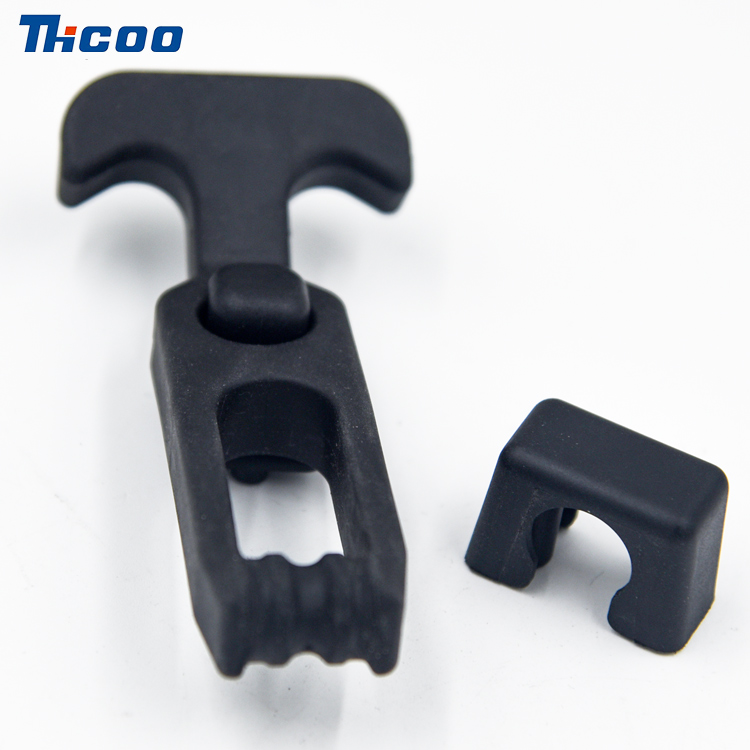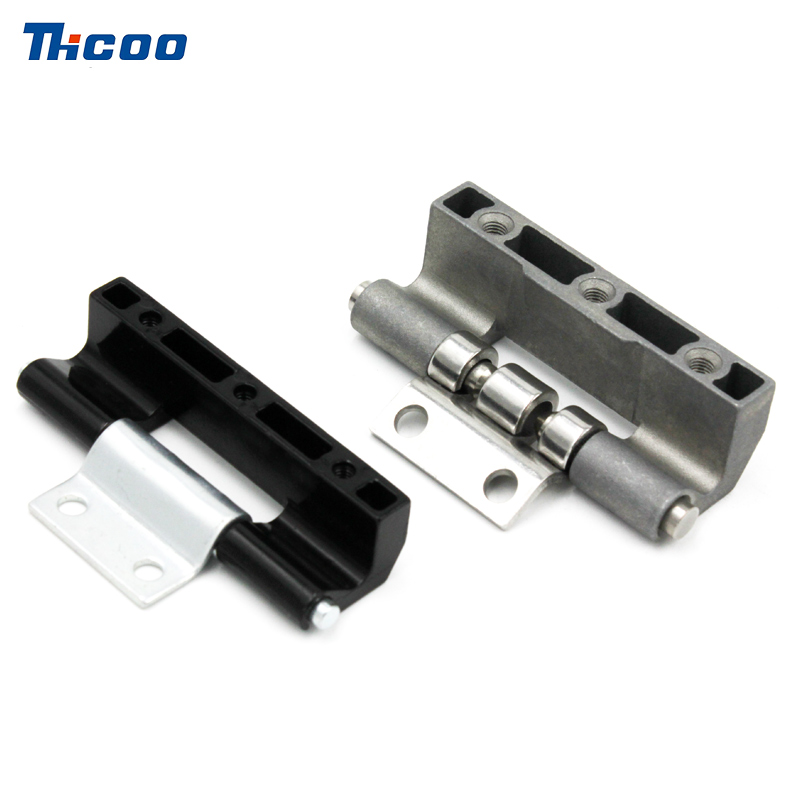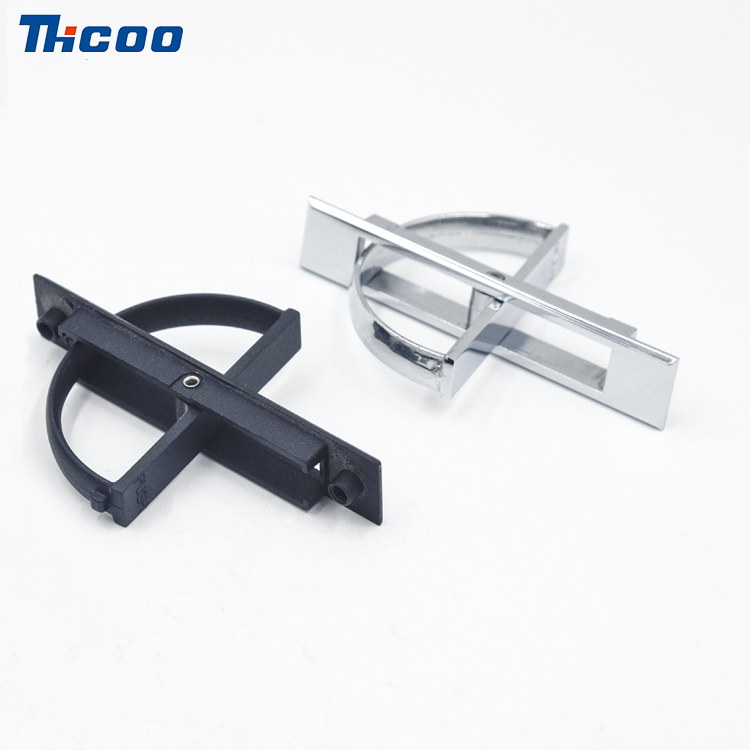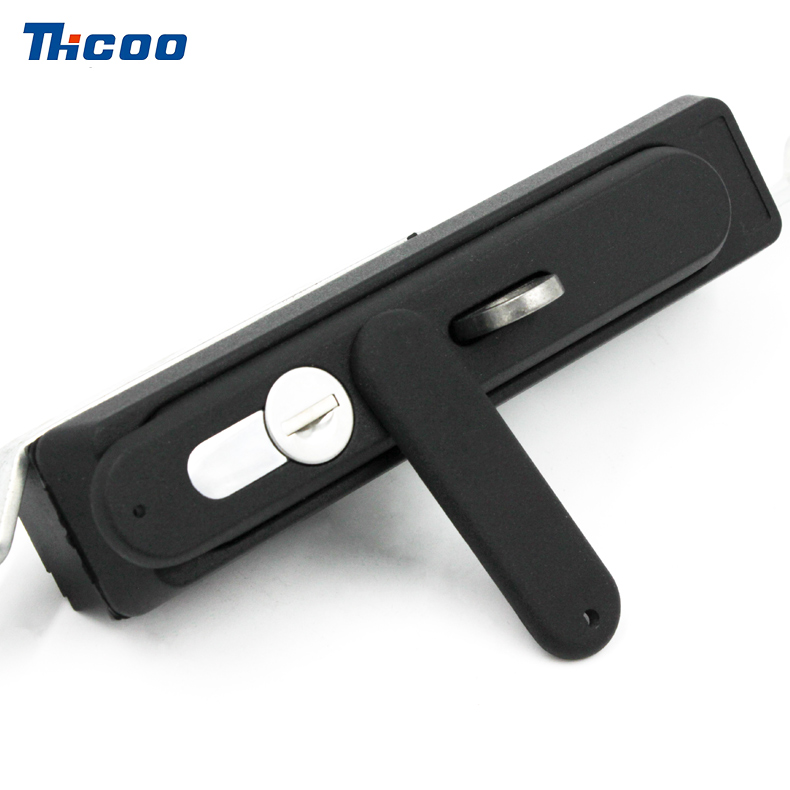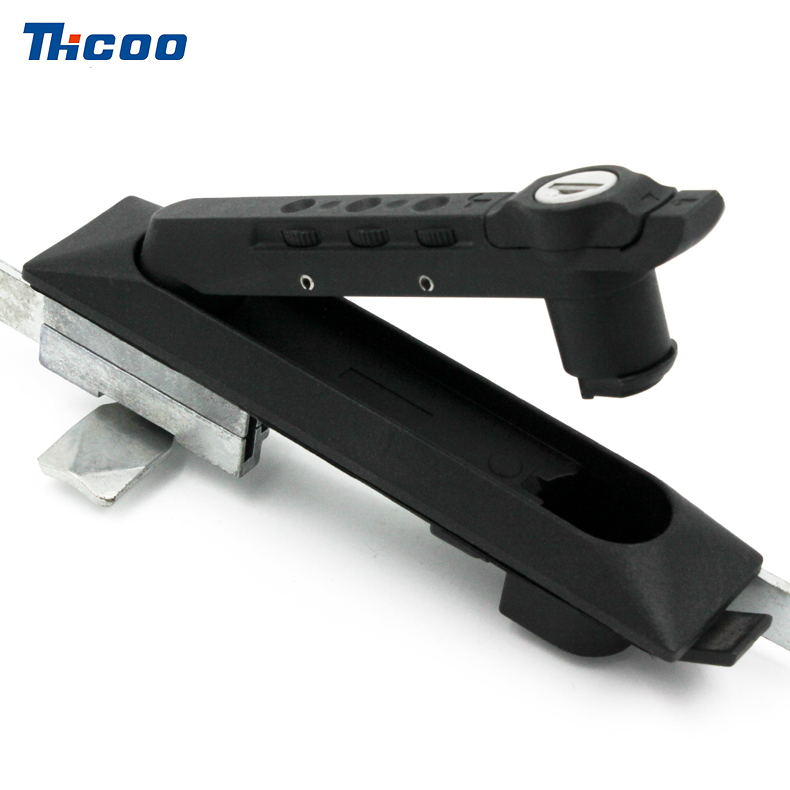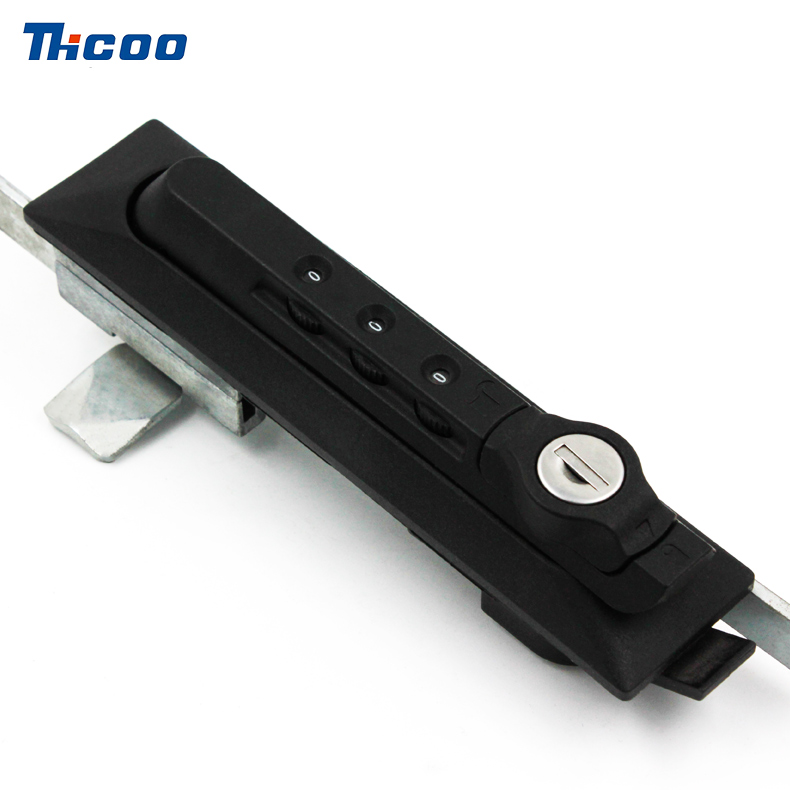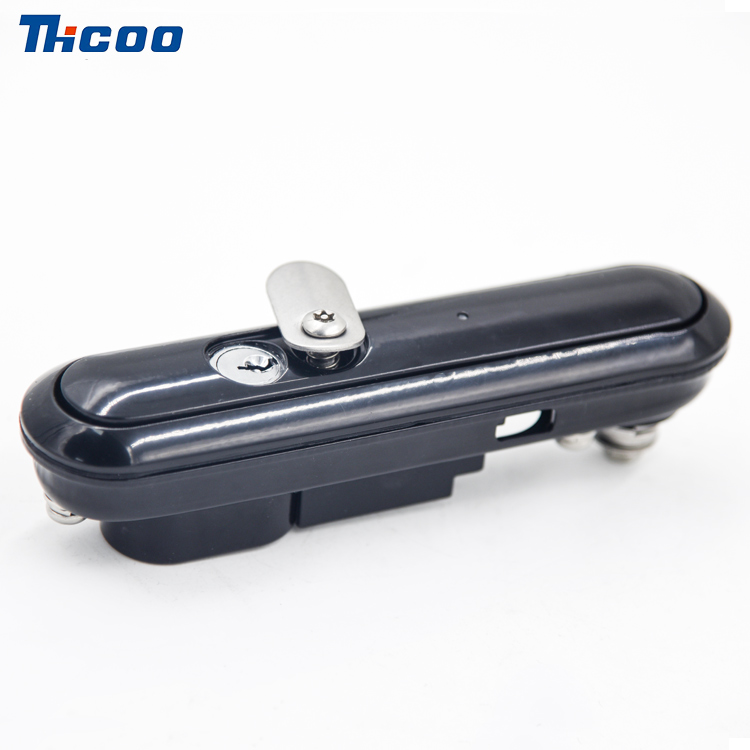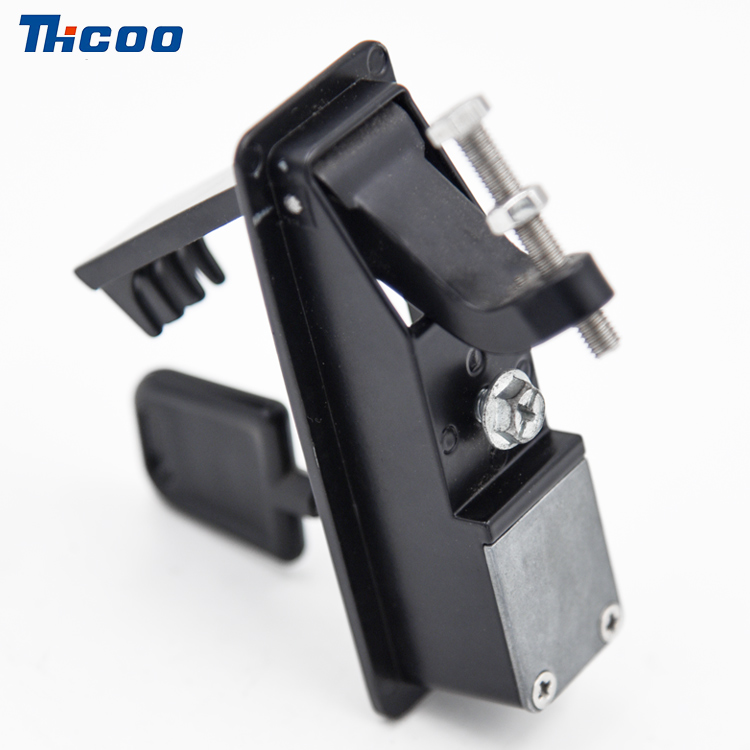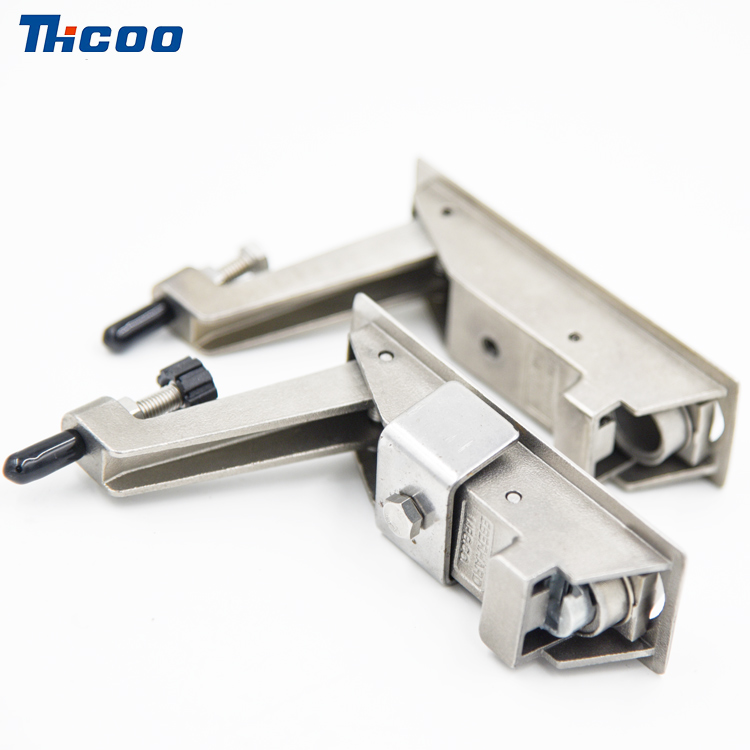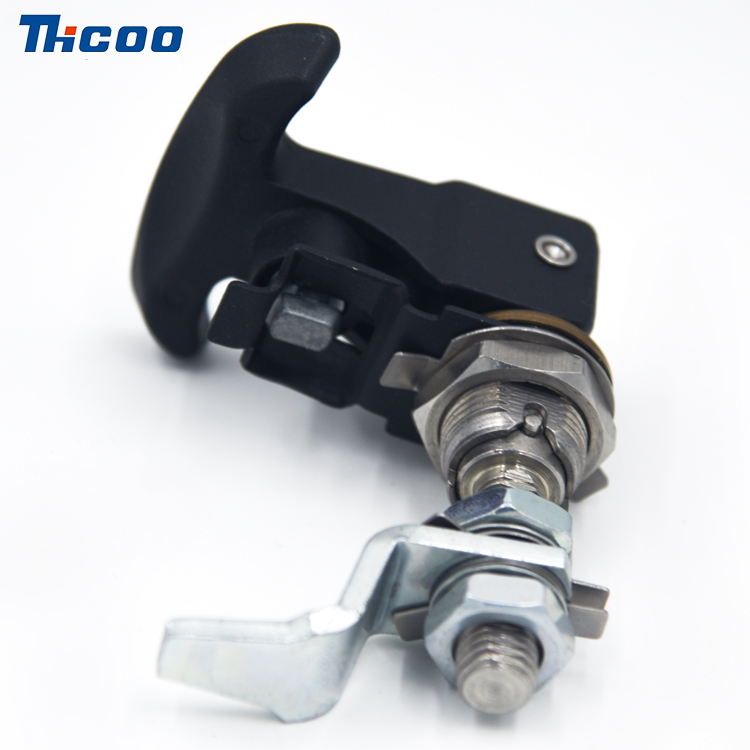Here's practical advice for choosing and maintaining door locks, based on real-world experience:
1. Lock Cylinder Selection
Content
Check the Key for Security:
Simple keys (flathead/cross) are insecure → Thieves can pry them open in seconds with a wire.
Choose a serpentine or double-row key (C-grade lock cylinder); even professional tools will find it difficult to open.
Try it before buying:
If the key goes in and turns smoothly without jamming half a turn, the internal parts are not worn.
2. Lock Body Structure Considerations
Material You Can Feel:
Scratch the lock body with your fingernail; if it leaves a mark, it's a soft alloy; if it doesn't, it's good stainless steel.
If a magnet can't stick to it, it's genuine 304 stainless steel (rust-resistant and saw-resistant).
The Lock Tongue Should Be Strong Enough:
At least three latches: the main latch secures against the door frame, and the upper and lower auxiliary latches prevent prying through door gaps.
After closing the door, insert a bank card; if it can't fit through the gap, it's considered合格 (qualified/up to standard).
3. Smart Lock Anti-Scam Guide
Power-off Opening: A spare keyhole is required when the battery is dead → Don't buy purely electronic locks!
Anti-Hacking Test: Place a strong magnet against the panel; if the door opens → Return it! The clutch design is flawed.
Liveness Detection is Essential: If the fingerprint lock still recognizes your finger when it's wet/with tape on it → Replace it!
4. Installation Determines Half the Security
Long Screws Save the Day: Door frame lock hole screws ≥ 5cm, directly inserted into the wall's rebar → Thieves can't kick it open.
Reinforce the Door Frame: Add a steel plate to the corresponding position of the lock tongue (buy 3mm steel plate from a stationery store and cut it yourself).
Adjust Door Gaps: The door shouldn't wobble after closing tightly; the lock tongue should be fully engaged in the frame → Anti-pry plate.
5. Daily Maintenance Habits
Lock Cylinder Maintenance: Refill with pencil lead powder (graphite powder) annually for smoother operation and less dust accumulation.
Screw Inspection: Tighten all screws before the rainy season → Prevent moisture expansion and loosening.
Cleaning Smart Locks: Use alcohol wipes to clean the fingerprint sensor and a stiff-bristled brush to clean the keyhole.
6. Simple Methods for Upgrading Low-End Locks
Adding a Top/Bottom Bar to Old Locks: Drill holes in the top/bottom of the door and insert a steel bar → Thieves cannot pry open the door.
Anti-Theft Chain Alternative: Install a sliding latch (same as in hotels) on the inside of the door; it is more impact-resistant than a chain.
Blocking the Peephole: Add a rotating cover to the inside → Prevents wire from hooking the door handle.


 English
English Deutsch
Deutsch 简体中文
简体中文 languages
languages 

